Here you can see the difference between melting with and without vacuum:
Fighting Oxidation with Vacuum
Melting metal in low vacuum to reduce oxidation without shielding gas
Melting metal in low vacuum to reduce oxidation without shielding gas
To make the experience fit your profile, pick a username and tell us what interests you.
We found and based on your interests.
Here you can see the difference between melting with and without vacuum:
Because I ran out of shielding gas I wanted to figure out how the atmospheric pressure affects oxidation and so I performed two tests one at normal atmospheric pressure and one at -20inHg, both without shielding gas.
Test at normal pressure:
Test at -20inHg:
You can see the difference between both videos while melting and on the melted spot.
At normal pressure the powder is sparking and smoking while being heated and after melting you can see the brown oxidation.
At -20inHg the heating reaction is less intensive and after melting there is no such sign of oxidation.
Both tests were performed without shielding gas. Because of the good result with the vacuum it could be possible to do it completely without shielding gas. I would really appreciate that because purging an 80L chamber needs a lot of shielding gas and shielding gas is not cheap, so the entire process would be a lot less expensive without it.
While testing out the new vacuum chamber I figured out that in contrast to the smaller vacuum chamber I could not reach the needed vacuum level to ignite the arc with 780VDC from the voltage doubler.
So I tried out whether it would be possible to melt the metal powder with a ZVS driver driven flyback transformer and in contrast to the single MOSFET flyback driver that I tried out before the ZVS driver could deliver enough power to melt the metal powder by its own.
Using the ZVS flyback would have the advantages, that it can melt the powder by its own so that the welder circuit would no longer be needed (only the flyback transformer, ZVS driver and a relay/mosfet), that it creates less EMI than the ignition coil arc starter and that it can ignite the arc by its own.
In term of the vacuum, I think it would be the best to keep it just low enough that the chamber stays sealed to keep everything simple. Doing so could make it possible to use just mechanical seals to bring the motion inside the chamber or even use stepper motors inside.
For bringing the motion of stepper motors inside a vacuum chamber while keeping everything sealed I want to try out using a simple magnetic shaft coupling. Here is a quick test of some parts.
I used 12 pieces of 10*3mm neodymium magnets, a 608ZZ bearing and a 3D printed spacer + magnet holder/shaft for each half.
The two halves are attracted to each other very strong and there is a lot of force required to move one half while holding the other one. The magnetic coupling can be increased by stacking more magnets on top of each other, so that rather the stepper motor skips than the magnetic shaft coupling.
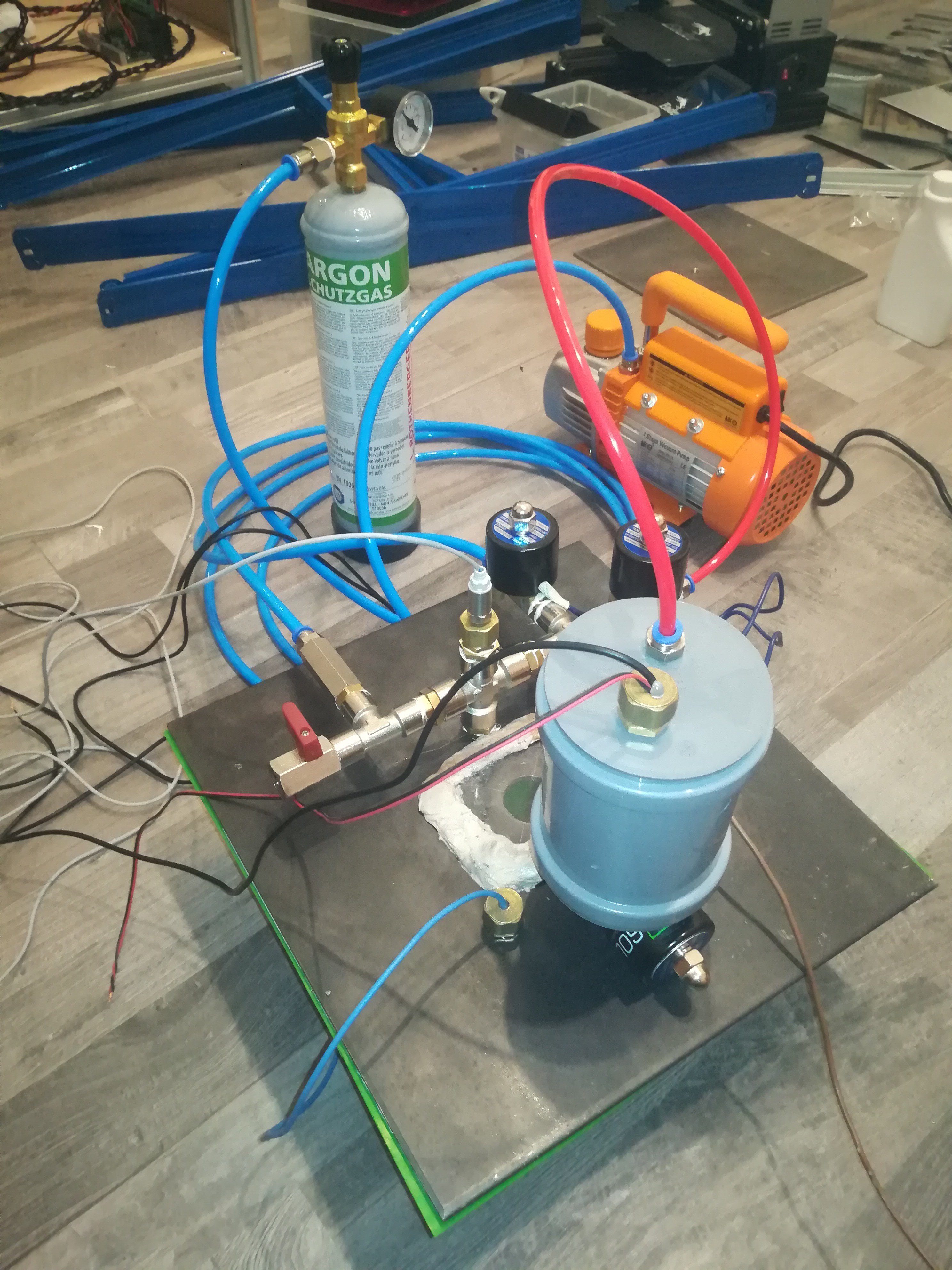
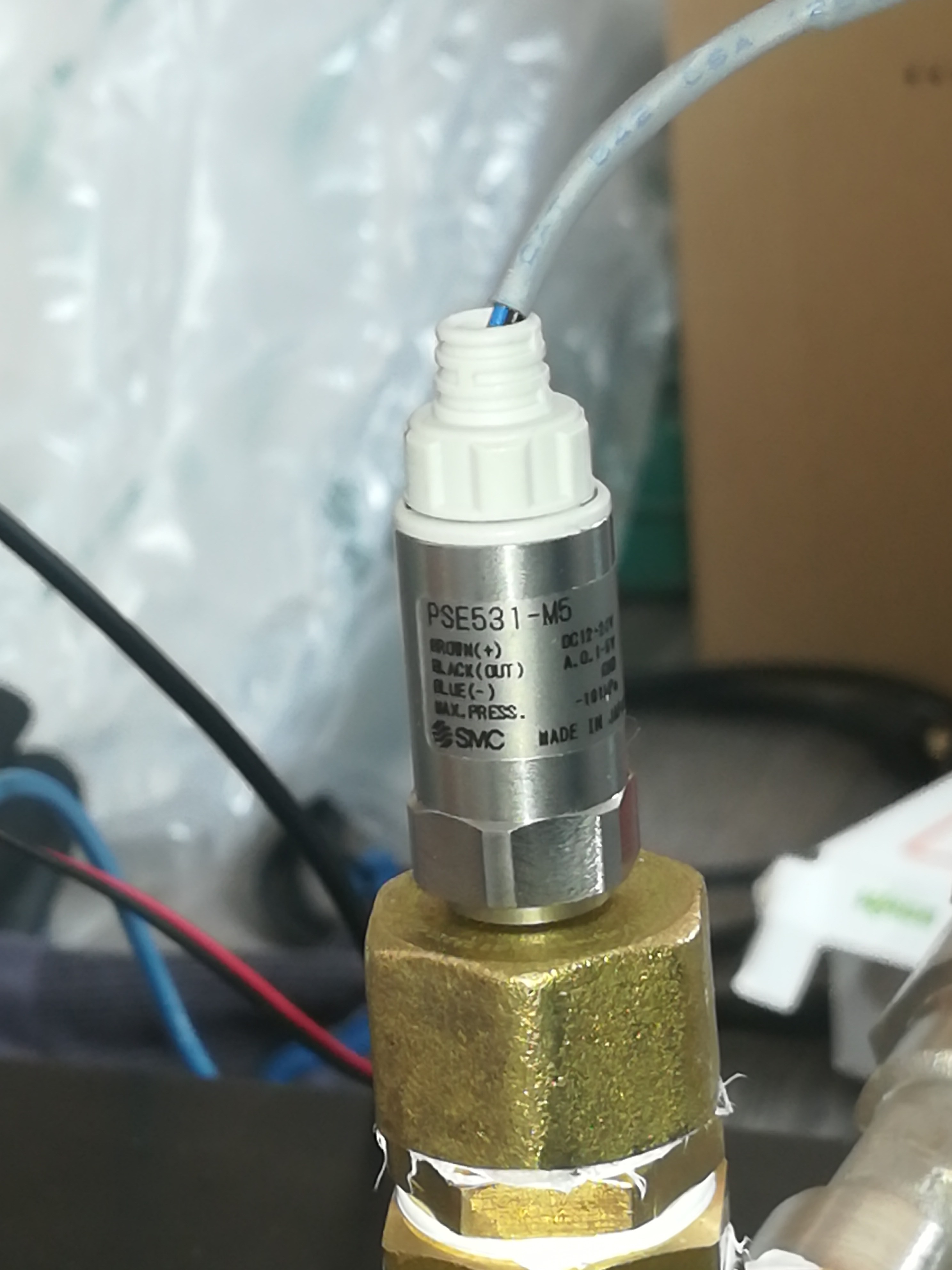
A pressure sensor with a range from 0 to -101kPa and an output from 1 to 5VDC.
An oxygen sensor with a range from 0 to 25Vol% and an output from 9 to 13mVDC.
Better cable entrys made of 1/4 to 3/8" fittings + cap with a hole in it sealed with hot glue.
A small 12VDC air pump to pump the chamber's atmosphere to the sensor.
And some other parts including 3 solenoid valves, a one way valve, tube connectors, a separate chamber for the oxygen sensor and pump and another cable entry.
Measuring the pressure from 0 to -101kPa to get a 1 to 5VDC output is very easy with the pressure sensor.
Not as easy is measuring the oxygen level.
I looked for oxygen sensors which can work in a vacuum and figured out that they are very rare and expensive. There are the zirconium ones which I could find only for business customers for multiple 1000$ and the optical ones with fluorescent patches and scanners which I also could not find for private customers with the same high prices (The patches are a bit cheaper).
So I decided to buy a much cheaper galvanic cell type oxygen sensor that works from 700 to 1750hPa. This type of sensors get used for critical applications like ventilators, diving rebreathers and car exhaust measurements and should therefore be accurate enough for this application. The sensor got placed in a small chamber made from HT 75 pipe, that is separated by two solenoid valves from the rest of the system.
Measuring Oxygen:
To measure the oxygen level the machine should perform the following tasks:
- Turn on the vacuum pump to get the vacuum chamber to the lowest pressure level and turn off the pump when pressure is reached.
- Open the shielding gas solenoid valve to fill the vacuum chamber back up again until the pressure is >700hPa and close the valve when pressure is reached.
- When the pressure is ≥700hPa open the two solenoid valves to connect the oxygen sensor chamber with the vacuum chamber and turn on an air pump to carry the vacuum chamber's atmosphere to the oxygen sensor. 700hPa should still be enough negative pressure to keep everything sealed so that no air can enter the system.
- Wait some time to perform the measurement.
- Bring the vacuum chamber back to the lowest pressure.
- When the pressure is <700hPa close the valves and turn off the pump.
- If the oxygen level is OK start/continue operation.
- If the oxygen level is not OK repeat the measurement or hold the program and show an error (The same with unexpected pressure readings and timeouts).
At the moment the system is untestet and I still need to build a controller for the system with relays for the solenoid valves and pumps and an amplifier for the oxygen sensor (the pressure sensor can be measured directly by the microcontroller).
Hope that it will work as planned :)
I wanted to create an arc in vacuum with moderate voltage (up to 650VDC), so I bought a vacuum pump.

Next I started working on a vacuum chamber.
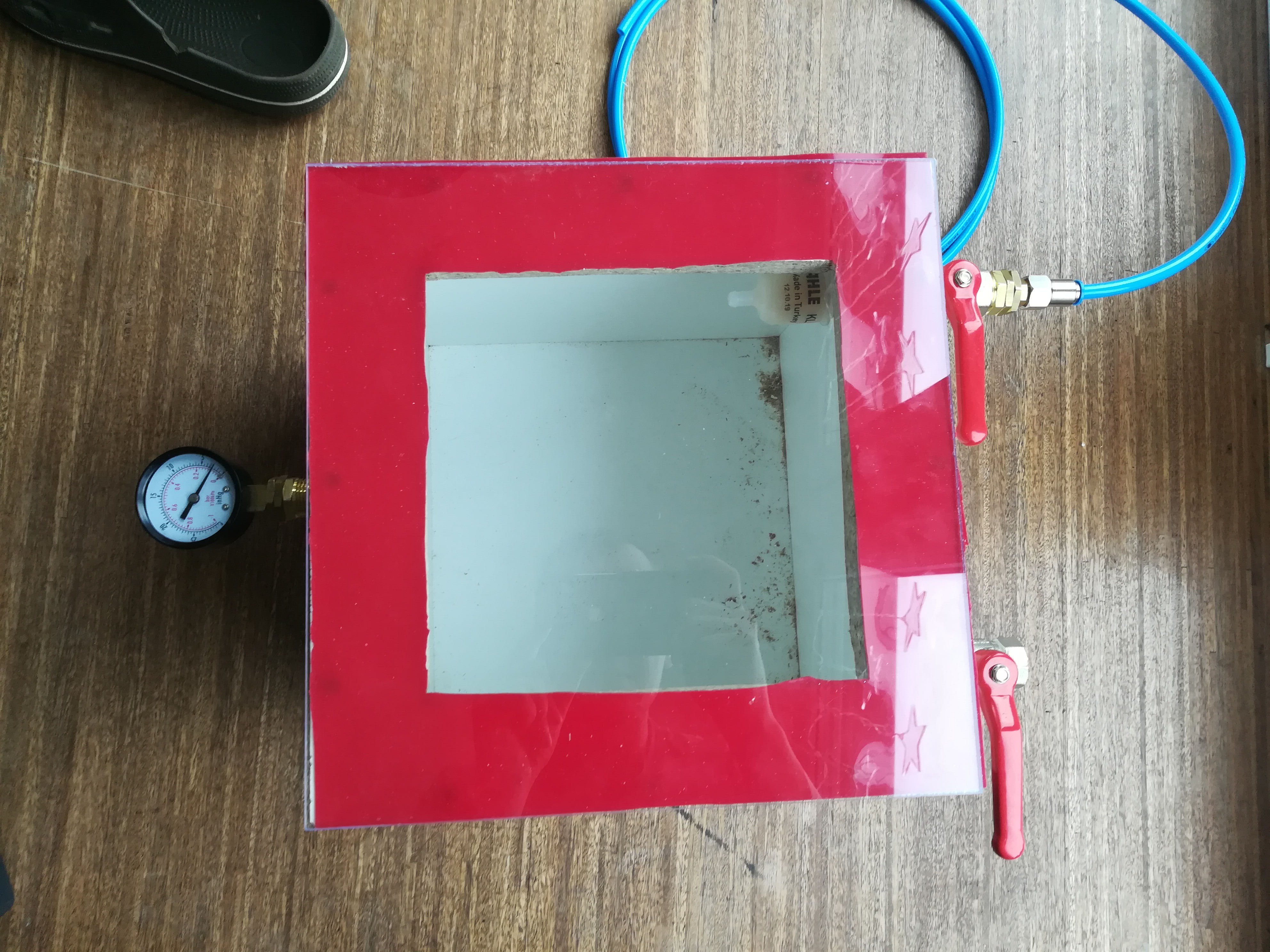

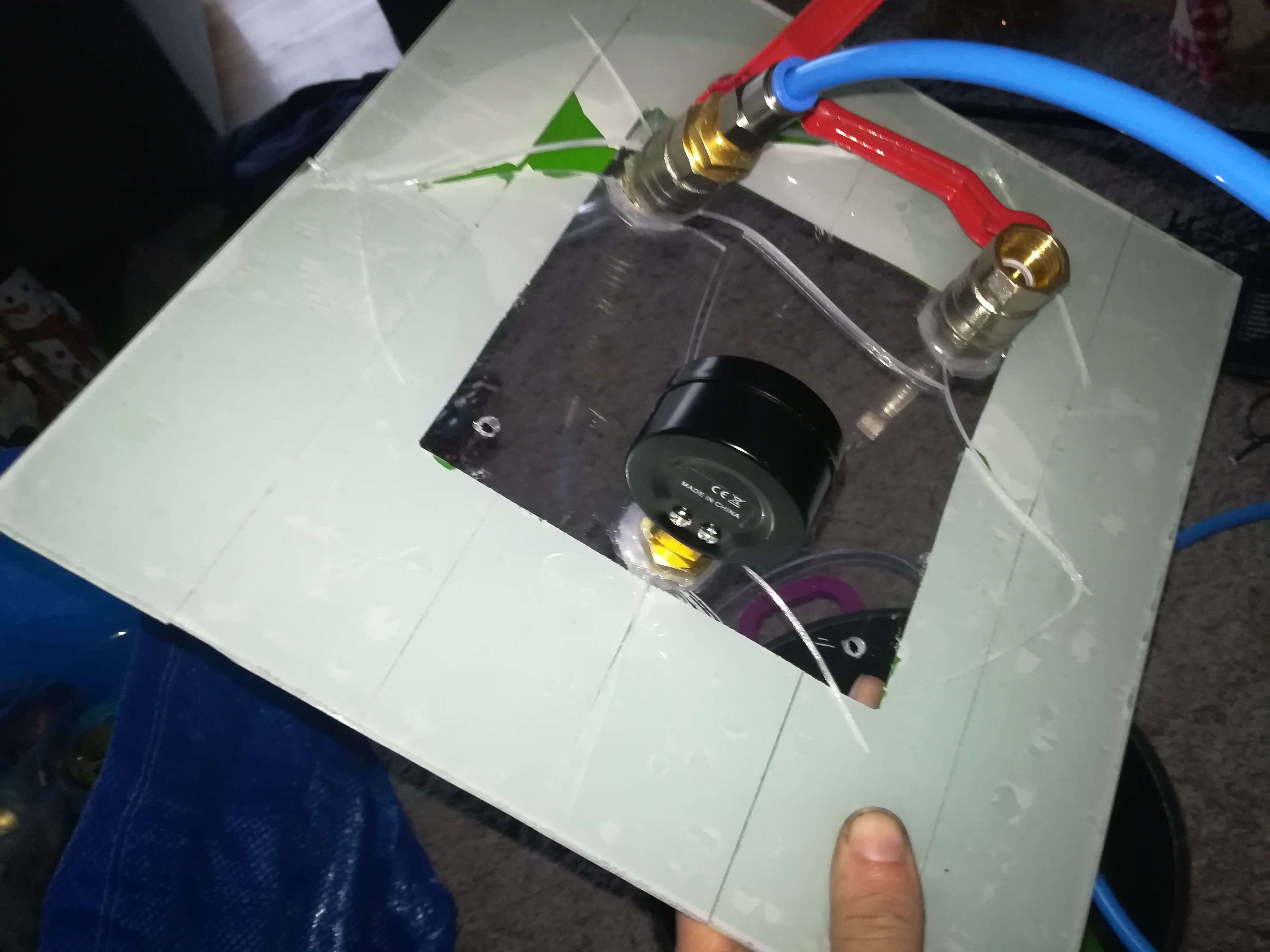
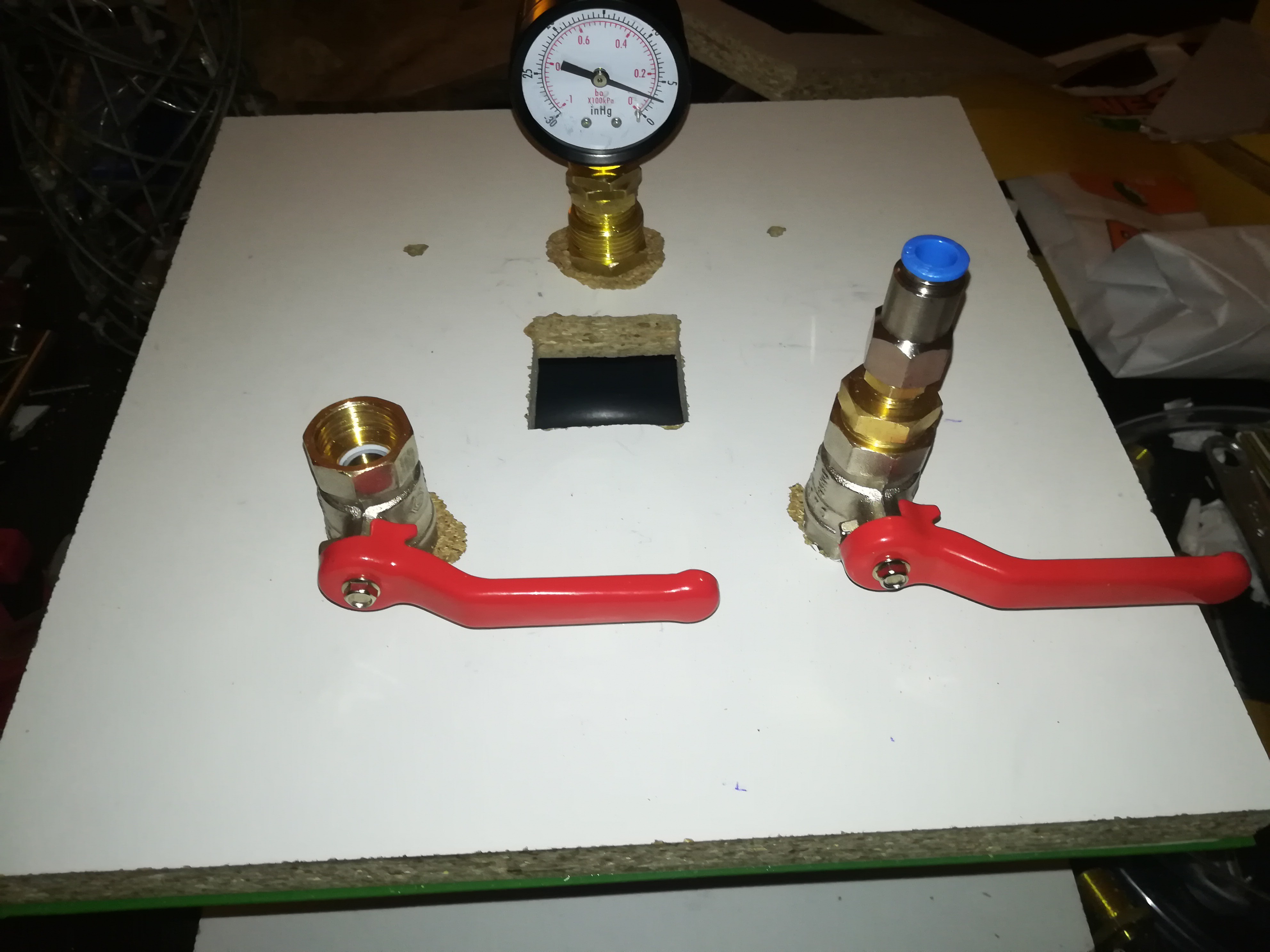
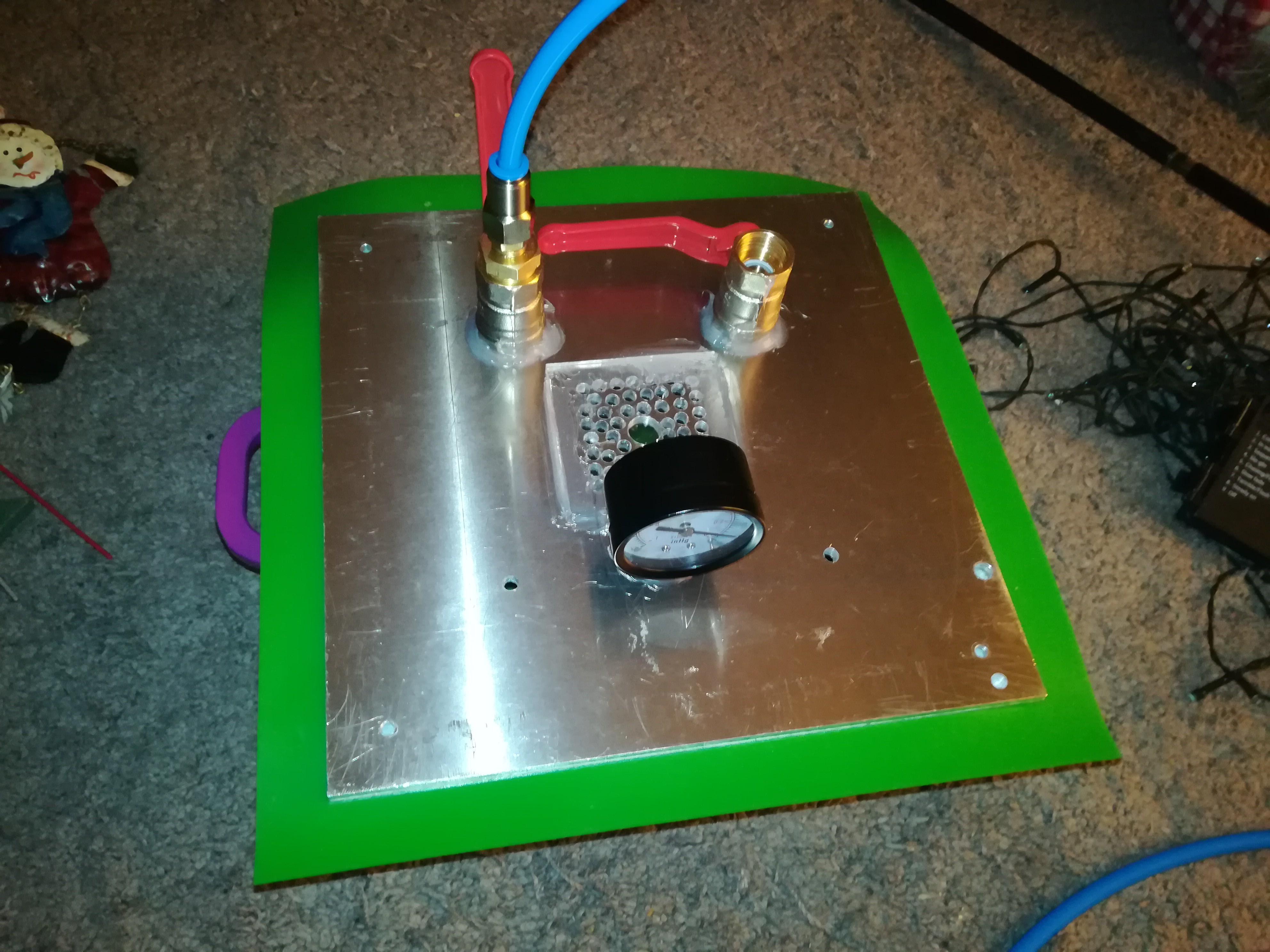
After many unsuccessful designs I could finally get something to work.
With this design I could achieve a pressure less than 1mbar, so the next step was to produce a measurable voltage for testing.
After some unsuccessful tries with voltage multipliers and flyback transformers, I built a voltage doubler which outputs around 630VDC while applying 230VAC.

A reading of 625VDC and some lightbulbs as resistance for testing.
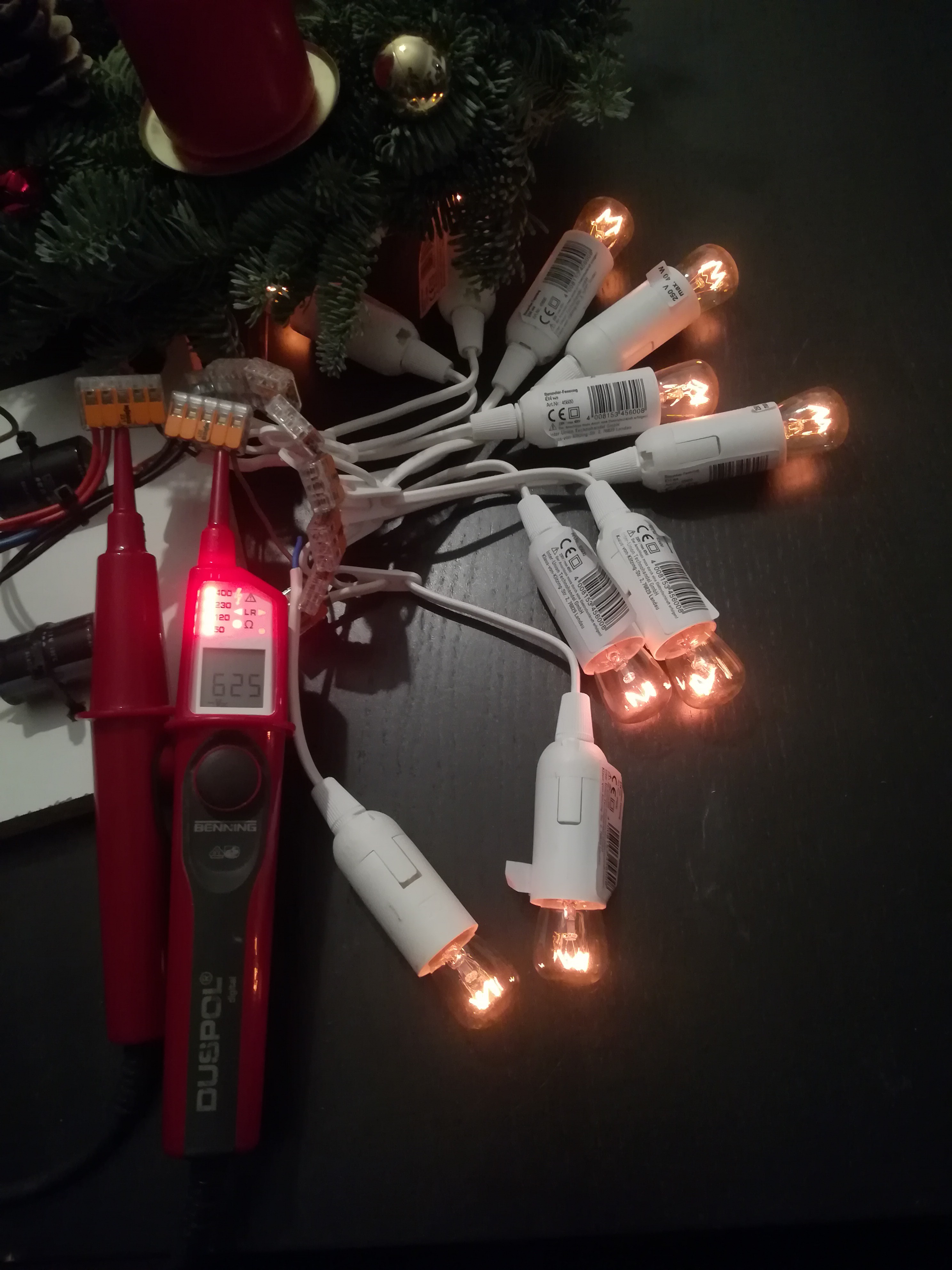
Here is a video of the experiment. After selecting 230VAC on the variac and turning on the vacuum pump it took a while to get the pressure and with it the breakdown voltage low enough for the arc to ignite and the lights to turn on.
The next step could be building another vacuum chamber with a larger window and buying a new pressure gauge that can read the actual pressure, also measuring the arc length, voltage and current and also trying to melt some metal powder.
For some reason I was not sure whether there was also heat created with this experiment, but by the later inspection of the screw terminal and wire, signs of heat and melting were clearly visible on one side.
Some time has gone since the last update.
In the last few weeks I had not much time to work on my projects because I moved to a new location, but the work is almost done and I can continue working on stuff.
So I will continue with this project and will try to fix the problems which I had not solved in the past, which are:
- Oxidation, because of the lack of a controlled inert atmosphere.
- High EMI noise, what made the use of sensitive electronics like sensors and microcontrollers almost impossible and required elaborate signal transmission over optical cables from a distance or complicated shielding of all parts.
- Going 3D, with a SLS style recoater and piston sytem.
- Control of all parameters, with an inverter based power supply and a few sensors.
I recently had an idea that could solve these problems:
Vacuum
I learned that the breakdown voltage of a gas decreases in vacuum described by Paschen's Law.
So if the pressure and electrodes distance would be low enough and the applied voltage would be high enough an arc would ignite without the need of an EMI emitting high voltage source and as there are vacuum arc furnaces out there it should also be possible to reach high enough temperatures to melt the metal powder.
IGBTs and MOSFETs which can switch up to 1000V are also easy available.
I think the challenging parts while building such a vacuum arc printer would be the construction of a large enough vacuum chamber which can fit a 3D printer and the problems caused by the vacuum like the reduced breakdown voltage and outgassing what would make the use of electronics like sensors, stepper motors and some materials like grease and maybe rubber impossible.
My current plan is to
use a piece of large construction steel pipe (>500mm inner diameter with 5-10mm wall thickness) with machined acrylic or aluminum top and bottom,
or welding of a steel or aluminum box with 5-10mm wall thickness,
or less likely glue together an acrylic box with >20mm wall thickness,
everything in combination with a good vacuum pump that can achieve less than 1mbar.
To solve the breakdown and outgassing problem I thought about bringing the motion from every stepper motor placed on the outside of the chamber into the inside by the use of a shaft sealed by a mechanical seal.
For detecting the limits of the axis I would use Trinamics StallGuard/Sensorless Homing feature.
I think if everything should work it could be a very interesting machine at the end.
So that's the plan and now the work can begin.
I created this project by splitting another project in two and so the next few build logs will be the start of this project exported from the other project.
Create an account to leave a comment. Already have an account? Log In.
For now I want to test it out with low vacuum to increase quality because flushing the 80l chamber with shielding gas every time would be very expensive.
By using just low vacuum there should be still enough atmosphere left for creating arcs
- but (so my thought) less of it -
so that there would be also less of it that could react with the metal what should result in less oxidation than doing the same at atmospheric pressure.
I have no setup for testing it out with high vacuum, yet.
That makes sense. Sorry I meant that by using low pressure you could get away with using less shielding gas. But also doing like you're doing playing with pressure and gas will let you play around with the temperature which is interesting.
Is it possible to bring the vessel to a low pressure or high vacuum, bring in shielding gas, and then when you're done pump out the gas for re-use since it hasn't been diluted as much?
A lot of what I found was about welding in space but not all of the problems with welding in space will be present in gravity. So I'm looking forward to seeing your results.
One additional use that comes to mind is using this to make objects out of ruby. Which comes back to those options for temperature control.
OK, that's it -- all welders need to work in a vacuum chamber from now on to save on shielding gas.
This is actually really interesting, and raises the question of whether anyone has tried welding in space yet. Seems like welding in the vacuum would be much simpler than down here.
My idea was - If there would be less air pressure in the chamber there should also be less oxygen that could react with the metal.
I guess the quality will likely be not as good as with shielding gas at such a low vacuum, but maybe better than under atmospheric pressure.
I read that the soviets tried arc welding in space but it did not work very well.
Become a member to follow this project and never miss any updates

 Bolzbrain
Bolzbrain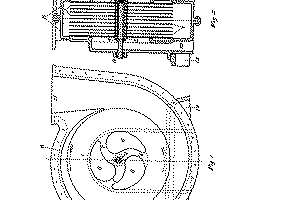
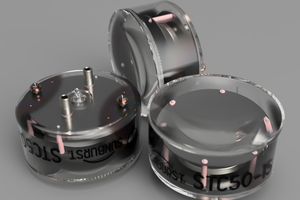
 Nick Poole
Nick Poole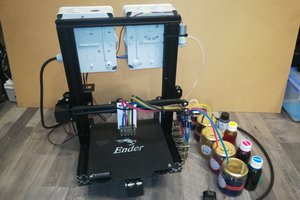
 Dominik Meffert
Dominik Meffert
It looks like there is some information available with Google searches. But it seems you will have better results in a low pressure environment preferably with shielding gas than if you have a vacuum. You need ions to make a plasma arc otherwise you get just a vacuum arc.